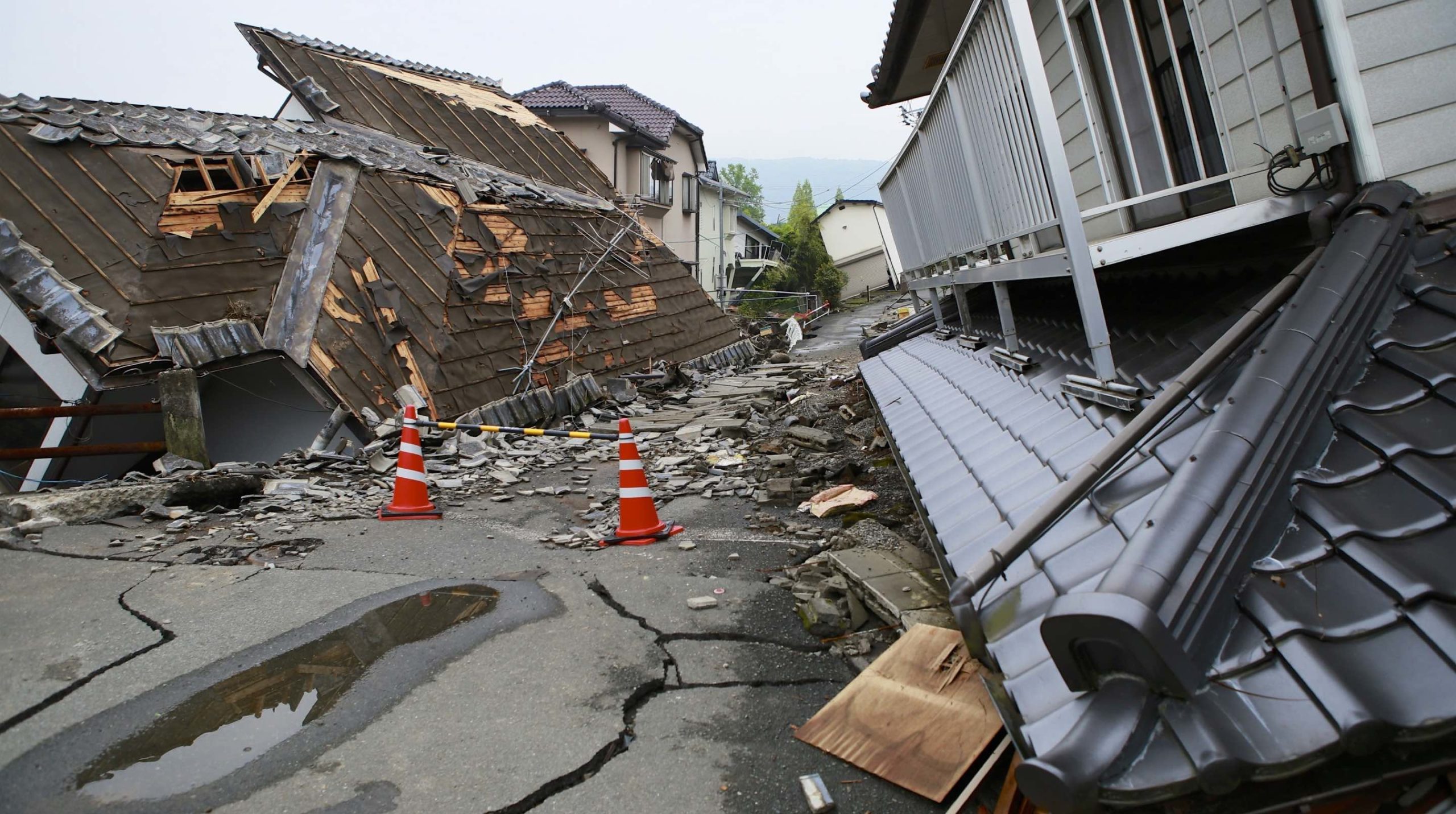Imagine a devastating landslide crashing down a mountain slope which is home to 500 families. Only, right now, these 500 families are safely ensconced elsewhere, with all their valuable possessions intact – because an early alarm system helped foresee this natural calamity.
This is just a glimpse of what the power of technology can do – and what it must do.
Today, companies harnessing technology’s potential wider and further than previously imagined – and while it saves dollars for businesses, it can (and must be) leveraged to save lives, especially when environmental crises loom large.
This is exactly what Call for Code – a multi-year global initiative launched by David Clark Cause, alongside founding partner IBM, seeks to do.
Aligning with Call for Code, Persistent Systems is taking active part in pushing for change and to write a safer world through code.
Call for Code: Preventing Natural Calamities from turning into Natural Disasters
Call for Code invites developers from across the globe to channel their formidable coding skills and technology mastery into creating solutions that deal with natural disaster preparedness and relief. For coders, a wicked problem is just a tangle of exciting opportunities waiting to be explored, and Call for Code provides the perfect excuse to challenge ourselves for a worthy cause.
Code and Calamities: How are we connecting the dots?
At Persistent Systems, we’ve identified 9 solutions for different natural disasters that our teams will be working on, in a day-long hackathon on 24th August 2018. From IBM Watson and Cloud services to Machine Learning, AI, and Drones, we’re channeling cutting-edge technology to address these pressing challenges. Here’s a quick look at what we’ll be focusing on.
Cloud – a ray of hope
Cloud technologies and shared platforms will find wide application in the solutions we are designing for Call for Code.
During natural calamities, like the recent Kerala floods, not knowing whom to reach out to for help, proves to be a costly bottleneck – one which claims lives and resources. In such situations, a database connected to a mobile app that puts all key stakeholders on a common platform, depending on geographical area, type of calamity, functional roles required, etc. can be the dividing line between just a calamity, and a widespread disaster.
Similarly, a cloud-based system that allows people to donate smarter and makes the entire donation system more transparent, can go a long way in ensuring proper resource allocation and timely assistance.
Apart from maintaining an inventory of the supplies needed in each location, this system will also draw on Machine Learning technologies and Analytics to predict the supplies that would be needed in the near future and coordinate their delivery. Technology can indeed make things work like magic.
IoT sensors to give us sixth sense
Big data and IoT sensors have enormous potential at the enterprise level; but even more so in the context of solving environmental crises.
As outlined before, IoT sensors and Big Data can help detect landslides, wildfires, earthquakes, tsunamis, etc. well before they strike, giving us enough time to safely evacuate people and take necessary steps to minimize and contain damage.
Big data also comes into play to track the aid given to beneficiaries – a task that is often more challenging than giving aid itself. An app that records the biometric fingerprint of the aid-receiver, along with the kind of aid administered, can help us understand the scope and effectiveness of aid efforts.
Trapped in a room with poor visibility during a fire? IoT sensors, along with a mobile augmented reality app can light the way out, safely escorting people towards functioning exits.
With such exciting potential, we foresee the use of sensors to spread like…well, wildfire.
AI and ML – Our new BFF
The advent of Artificial Intelligence, Machine Learning, and ‘human-replacing’ robots has been met with high suspicion and resistance – and popular culture does these technologies no favors with its stories of singularity (the point where machines become smarter than man). However, while singularity is debatable, what cannot be refuted is the power these technologies have, right now, to save human lives.
For example, Machine Learning provides us with the quickest way to identify, characterize and contain infectious diseases. Early detection of viruses like Nipah can help us respond better to such situations, while enabling pharma companies to ramp up production of necessary vaccinations. Moreover, in many cases, it makes sense to replace human intervention with equivalent technological aid, especially when we’re dealing with deadly viruses like Ebola that endanger the lives of medical personnel.
Drones – the sky is the limit

Join us in our cause – let’s pay it forward, folks!
Click here to know more about Call for Code and help spread the word by tweeting and sharing this article.
Find more content about
Big Data (18) IBM (5) hackathon (7) coding (1) Cloud Analytics (1) Emerging Technologies (1) Natural Calamities (1)








